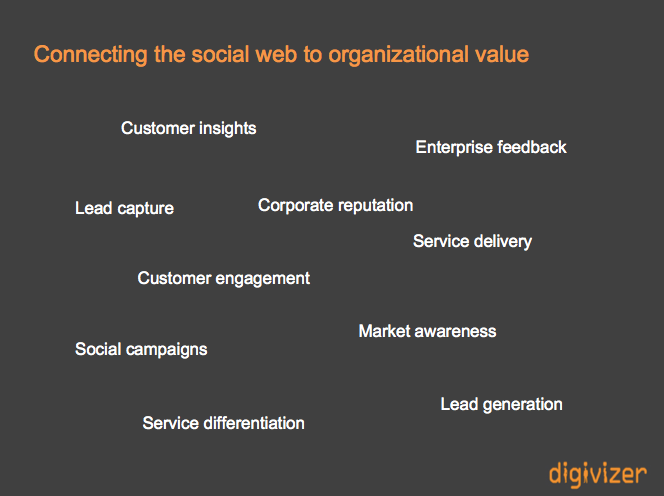 Socrates said “The Life which is unexamined is not worth living”. Just as you empty your piggy bank to count the coins to determine how much value you have created, it is a good thing to tip your life upside down and shake it around to allow you to view it from a few more angles and evaluate the sum of your life value.
Socrates said “The Life which is unexamined is not worth living”. Just as you empty your piggy bank to count the coins to determine how much value you have created, it is a good thing to tip your life upside down and shake it around to allow you to view it from a few more angles and evaluate the sum of your life value.
However unlike the coins that have a predetermined value, the value we place on all the individual and collective “life” experiences can be viewed very differently and uniquely by each person. The most important evaluation is the one you place on it. How do you measure the value of your total life experiences against all aspects of your life: Family, Professional, Health, Financial, Spiritual, Social, Intimacy and Community?
The sum of where you are today, and how you got here, is not measured by time and does not predetermine the course of the total life balance and value. What got you here, might not get you to where you would like to end up. Time is not measured in minutes, hours and days in a life value, but rather by what you do with your time.
Which comes to the question, what are we working to generate? Are we working with clear purpose? Towards something that will give us a great sense of peace, happiness and satisfaction? Have we truly evaluated the value we are looking to generate? The legacy we would like to leave? And importantly, how to get there?
Many executives and people I know talk of the “treadmill” they are on. Even more so at the start of a calendar year when there seems to be a lot more “getting started” meetings, new activities, education and sporting schedules to be slotted in. People feel just as they are getting into the swing of things, planning for the new financial year begins, and before you know it you are working hard to deliver a number of things with hard deadlines and pressure to deliver on multiple goals, commitments and resolutions.
Since I often feel the weight of the number of balls I choose to juggle, I recently asked myself this question “am I working for pressure or pleasure”? This shifted things for me. Although I set out (in a pretty determined way) to work for pleasure both personally and professionally, doing what I love, with people I love, for people I love; I can get hooked on the pressure and use that to drive outcomes. Before I know it I realize I am working to the rhythm of pressure, and forget that I want to work for pleasure. My experience tells me I can achieve far more and enjoy it far more along the way, when I work for pleasure.
There is no right or wrong answers or evaluations when examining your own life. The key is to evaluate it regularly and to make it meaningful to you. To consciously maximize the value you are looking to generate. To gain pleasure in what you do so that you can achieve more of what it is you want to do.
If you see your life as a piggy bank made up of multiple experiences, against each aspect of your life, with each holding a personalized value, how are you going against the total value you are looking to generate? What will you change?






